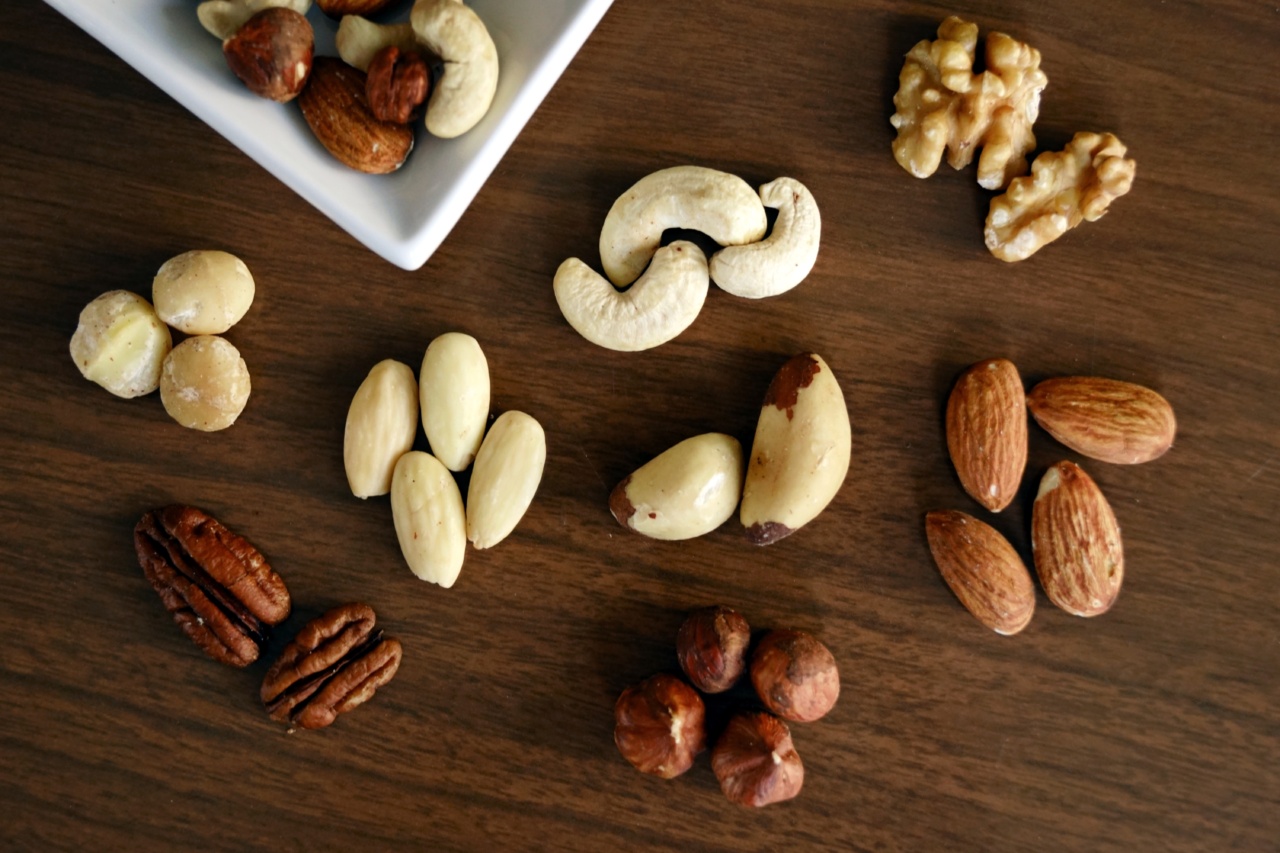Almonds are popular nuts known for their nutritional value and health benefits. However, like any natural product, almonds can occasionally be affected by infections and contaminants.
In this article, we will explore the importance of almond health, how to identify infected nuts, and effective ways to remove them, ensuring that you can enjoy safe and healthy almonds.
Almond Health and Nutritional Value
Almonds are packed with essential nutrients that contribute to a healthy diet. They are an excellent source of protein, healthy fats, and fiber. Almonds also contain a variety of vitamins and minerals, including vitamin E, magnesium, and potassium.
These qualities make almonds an ideal snack for maintaining optimal health.
In addition to their nutritional value, almonds have been linked to various health benefits. They may help reduce the risk of heart disease, lower cholesterol levels, and control blood sugar levels, making them suitable for individuals with diabetes.
Furthermore, almonds can aid in weight management due to their high fiber content, promoting a feeling of fullness and reducing overall calorie intake.
Identifying Infected Almonds
While almonds generally have a long shelf life and are safe to consume, it is essential to be aware of potential infections or contaminants. Here are some common signs to look out for when identifying infected almonds:.
1. Mold or Fungal Growth
Inspect the almonds for any visible mold or fungal growth. Infected almonds may appear discolored, have a fuzzy texture, or emit an unpleasant odor.
2. Off or Rancid Odor
Before consuming almonds, give them a quick sniff. If they have an unpleasant or rancid odor, it could indicate spoilage or contamination.
3. Bitter Taste
Taste a small portion of the almonds. If they taste bitter or have an unusual flavor, it may suggest an infection or the presence of toxins.
4. Soft or Spongy Texture
Healthy almonds are firm and crunchy. Any nuts with a soft or spongy texture should be discarded, as it could be a sign of decay or infestation.
5. Pest Infestation
Check for signs of pest infestation, such as small holes, webbing, or live insects. These indicate that the almonds have been compromised and should not be consumed.
Removing Infected Almonds
If you encounter infected almonds, it is crucial to remove them from your supply to prevent the spread of contamination. Here are some recommended methods for removing infected almonds:.
1. Visual Inspection
Thoroughly inspect all the almonds, discarding any showing signs of mold, discoloration, or pests. It is essential to separate them from healthy almonds to avoid cross-contamination.
2. Smell Test
Engage your sense of smell and discard almonds with an off or rancid odor. Reliable nuts should have a mild, pleasant smell.
3. Taste Test
To avoid consuming contaminated nuts, taste a few almonds to ensure they have a fresh, nutty flavor without any bitterness or strange taste.
4. Storage Segregation
If you notice any infected almonds, it is essential to separate them from the rest of your almonds. Use a separate container or bag to avoid unintentional consumption.
5. Labeling and Discarding
To prevent accidental consumption, mark the container or bag with a clear label indicating that the almonds inside are infected and should not be eaten. Dispose of them safely and responsibly.
Enjoying Healthy Almonds
To ensure you always enjoy the health benefits of almonds without any concerns, follow these tips:.
1. Purchase Quality Almonds
Buy almonds from reputable sources known for their commitment to quality and food safety. This reduces the chances of purchasing infected or contaminated nuts.
2. Proper Storage
Store almonds in a cool, dry place, such as an airtight container in a pantry or refrigerator. This helps prevent moisture buildup and extends their shelf life.
3. Regular Consumption
Consume your almonds regularly to maintain freshness and prevent the risk of contamination due to prolonged storage.
4. Roasting Almonds
If desired, consider roasting almonds before consumption. Roasting at high temperatures can help eliminate potential contaminants and bring out a delicious flavor.
Conclusion
Almonds are nutrient-dense nuts that offer numerous health benefits. However, it is necessary to be aware of the signs of infection, such as mold, off odors, bitter taste, soft texture, or pest infestation.
By following preventive measures and removing any infected almonds, you can continue to enjoy the health advantages of almonds while minimizing the risk of consuming contaminated nuts. Start incorporating almonds into your diet today and make the most out of their nutritional value.































